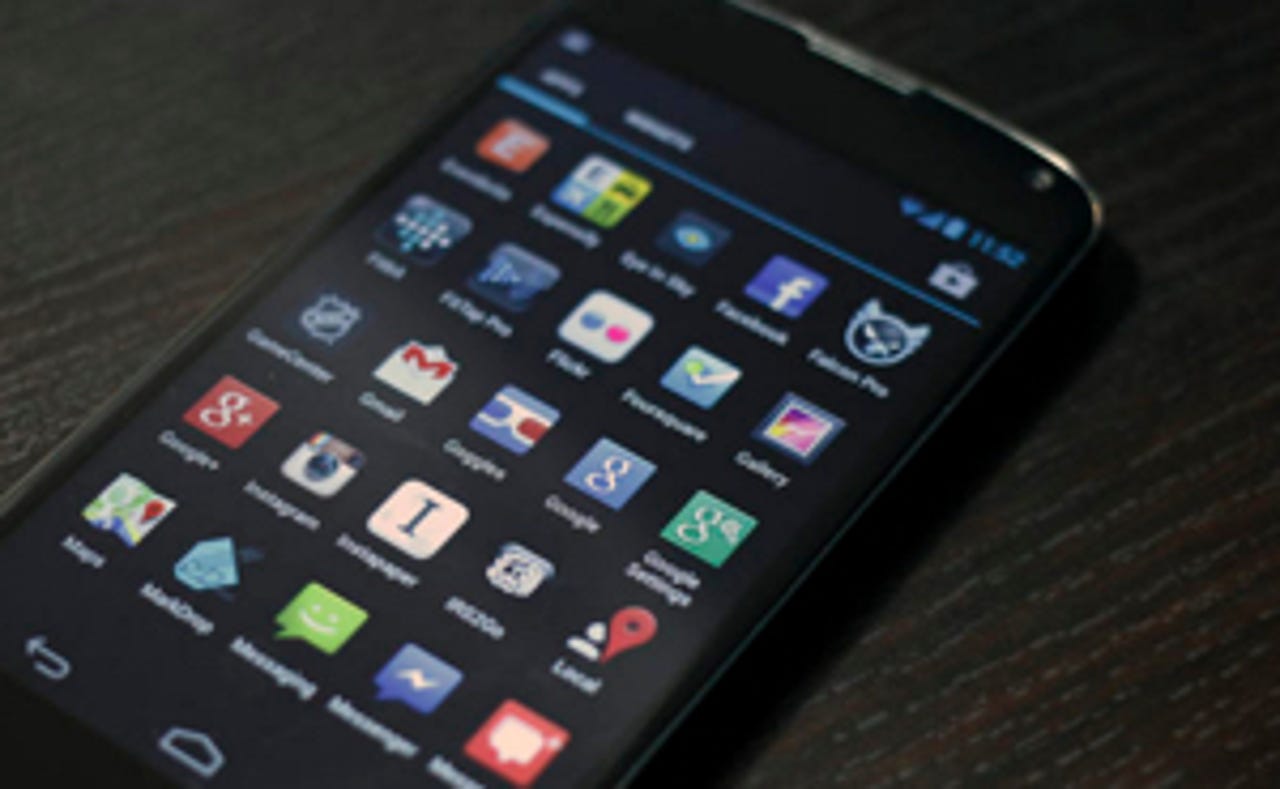Mobile vs. desktop apps: Performance, not parity


Something is happening more often in the mobile space and it's not helping loyal app users. It seems there's a race among many developers to cram as many features into their mobile apps as possible. This is especially true for mobile apps that have desktop versions.
This flies in the face of how mobile apps came to be such a dominant factor for developers. Due to several reasons, mobile hardware primary among them, early mobile apps focused on doing a handful of features well. It was understood that users wanted simplicity and performance over a vast pool of features. Do a few tasks but do them well. Cram all the functionality in your desktop app you want but keep the mobile version light and snappy.
Now it seems that developers, perhaps in a rush to attract new users, are routinely adding new features that will be seldom used to their mobile apps. I refer to these as "blue moon features" as they will only be used once in a while by most users, if at all. Some users may like the inclusion of such features but the core user group probably won't.
The core user group - loyal users who use an app every day, even multiple times a day - might not be receptive to bloatware invading favorite mobile apps. They want heavily used apps to perform well while remaining familiar to use. Generally, the bigger a mobile app grows the slower it gets to use and update. This mars what was previously a good user experience. It also interferes with the familiar interface as features are added on the screen.
This can quickly put off core users. Opening up a favorite app to have the familiar display replaced with lots of differences is interrupting at best and upsetting at worst. Your best users expect to have things the same when it comes to core apps and it's in the developer's best interest to resist radical changes to mobile apps.
Is a full photo editor really needed by users of your email app?
Seeing a fast core app that accumulates unwanted features (looking directly at you, Evernote) is happening more often. Look at the size of updates for many mobile apps and you'll see what I'm referring to.
Apps keeping it real -- app size
Feedly -- 14.2MB
Nuzzel -- 30.7MB
Gmail -- 18.7MB
Bloated apps -- size
Evernote -- 92.4
Facebook -- 108MB
Skype -- 94MB
Perhaps this is an attempt by developers trying to attract new users owning powerful mobile hardware. If so, developers should understand that a single core user is worth more than a number of new, casual users.
This is the group that has stood by you as your app evolved. These are the users who promote their favorite apps to friends and colleagues. These are the users you should be listening to when it comes to adding bloatware to your app. If they aren't clamoring for a given new feature, think long and hard about adding it. Don't clog up your code with blue moon features. They likely aren't wanted.